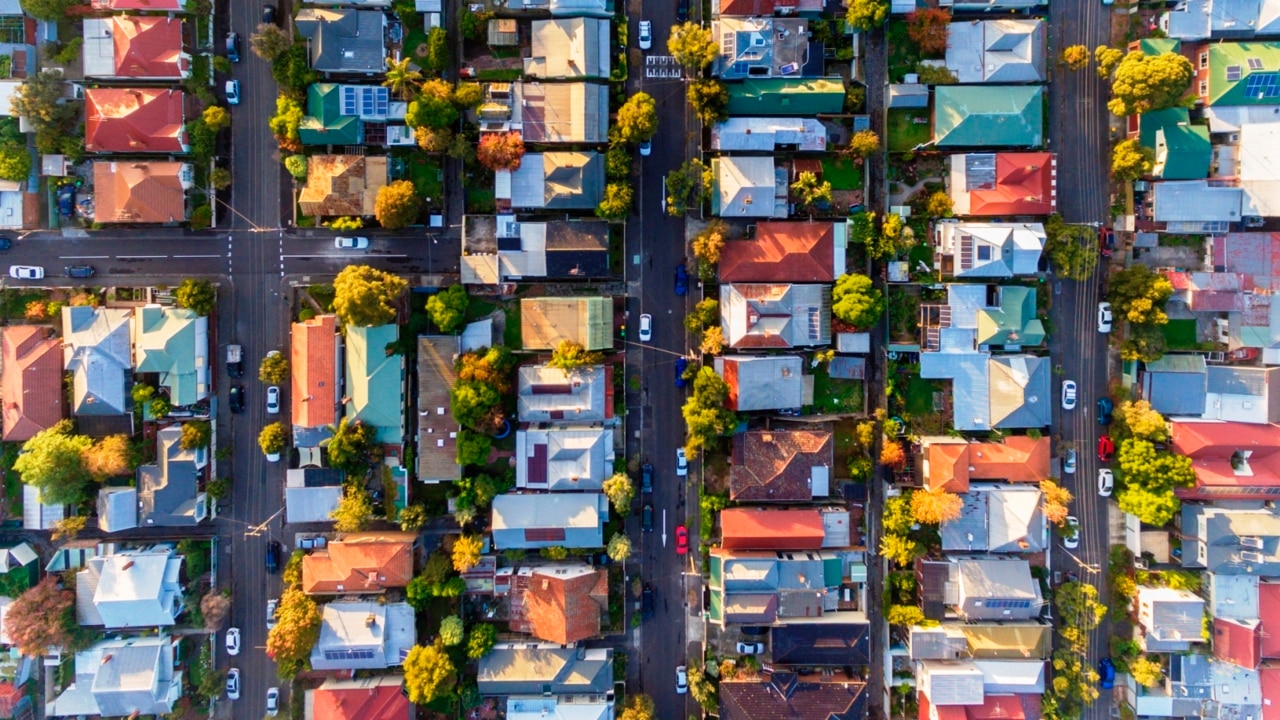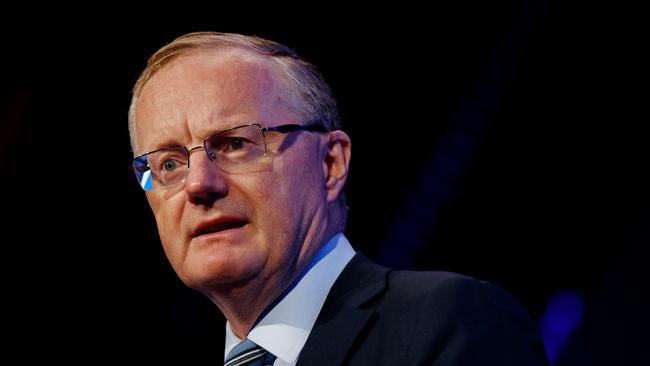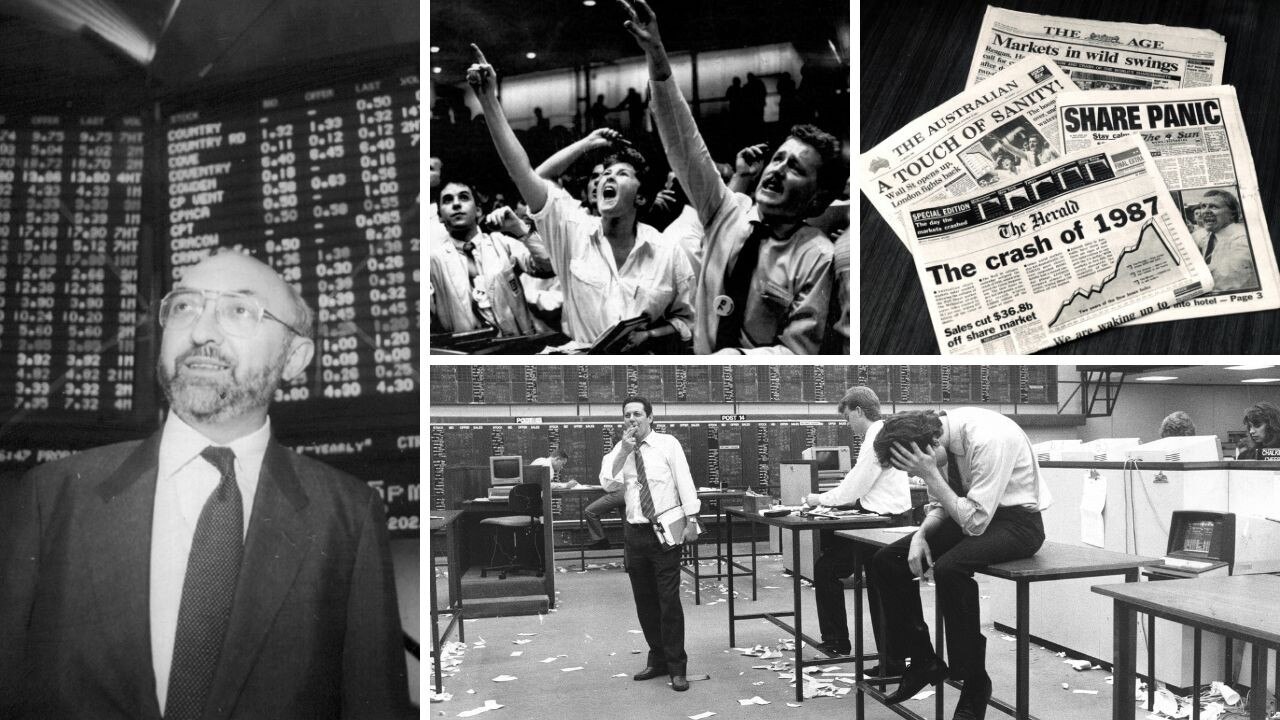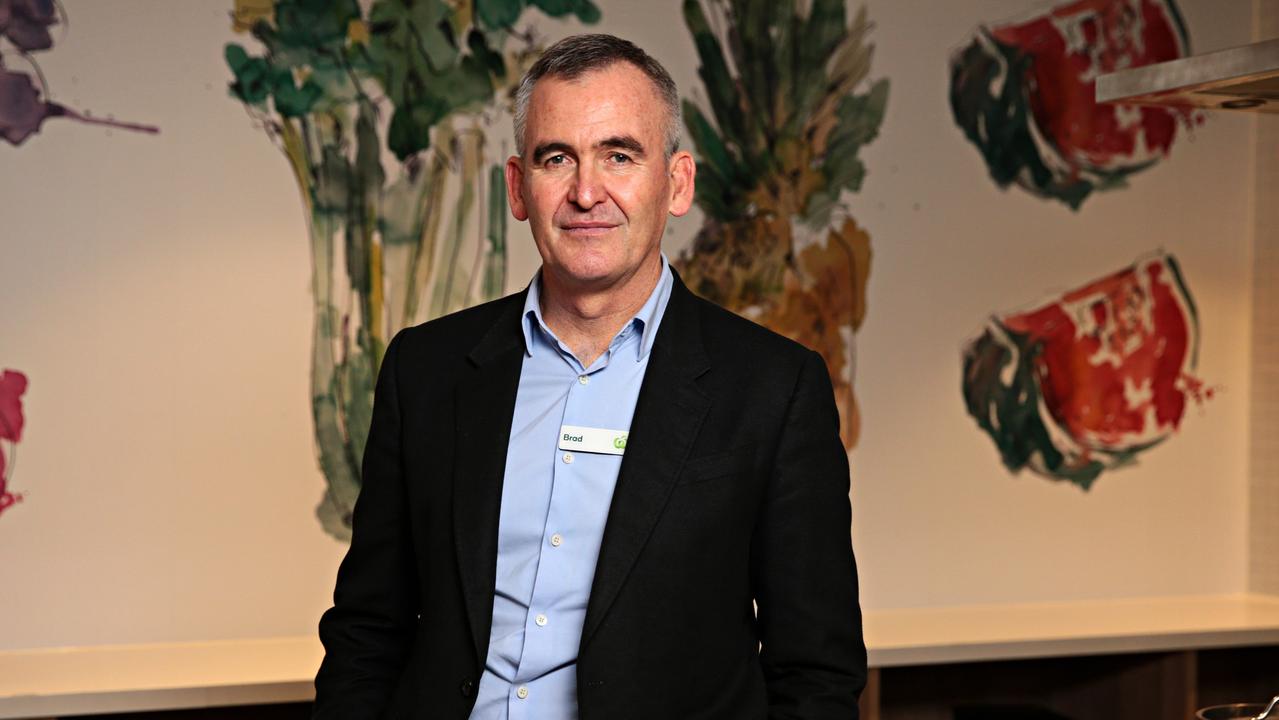Rates on hold in April but it’s critical to look beyond that
The RBA minutes all but promise rates will be kept on hold in April and what happens after that will depend on crucial inflation data and global financial markets.

Terry McCrann
Don't miss out on the headlines from Terry McCrann. Followed categories will be added to My News.
This is what I told you two weeks ago, after the last Reserve Bank meeting: “governor Philip Lowe has all-but announced he won’t raise the RBA’s official rate at the next board meeting in April”.
The detailed minutes of that meeting, released Tuesday, made it an all-but explicit promise, disclosing a deep and extended discussion that culminated in an agreement to “reconsider the case for a pause at the following meeting”.
This is the first time that word “pause” has surfaced actively like that in the minutes.
Trust me, you have to understand the way the RBA works, that was not a pointer to having some sort of academic discussion about a case for a pause, some time in the next six months.
But for right then, at the April meeting, to be actioned immediately.
Critically, all that all-but absolute commitment to an April pause was decided around the RBA board table, at the top end of Martin Place in Sydney, before the collapse of Silicon Valley Bank, far less the much bigger and more significant Credit Suisse.
There is no way, no way, that the RBA could now ‘spring’ even a 25-point rate hike in two weeks.

Especially, as the minutes also made clear, the board – and obviously governor and management as well – want to do a deep dive into the March quarter inflation figures which surface at the end of April, ahead of the May meeting. As I also wrote two weeks ago, those inflation figures will be critical to whether we would be getting a second pause at the May meeting – totally unrelated to the federal budget.
Or whether the RBA would go back, would have to go back, to hiking – given how far below the inflation rate is its 3.60 per cent official rate.
Now obviously, the RBA would want to assess the latest inflation data and what’s happening in global financial markets in the wake of the SVB collapse and its semi-bailout and the CS collapse and its bailout.
But also now, what has by then happened to another US big regional bank teetering on the edge of the precipice – First Republic, which is almost as big as SVB (was).
A group of the biggest banks in the US had pumped $US30bn ($45bn) into First Republic to bolster its base as its share price plunged and depositors moved to take their money out.
Overnight they were considering pumping in more and also turning some or all of that $US30bn of loans into equity in First Republic – a de facto takeover of it, all-but the same as UBS’s absorption of CS.
There are clearly three ways the global state of play could develop, running down to first the RBA’s April meeting and then longer term to May.
The first, most challenging, but in my view still unlikely, is that we are really embarked on a slide to GFC Version 2.0.
At the other extreme, the two bailouts – and the all-but explicit promise by the Fed and the Biden administration to guarantee all US bank deposits – ‘work’.
Not work in a real, long-term sense – to actually develop a healthy financially strong US banking system; but ‘work’ to paper over the cracks, restore Wall St confidence – for what that’s really worth – and essentially kick a can growing ever larger and ever more toxic further down the road.
The mid-course is a continuation of essentially what we’ve had over the last two weeks – a mix of fear and loathing and belief that the central banks will always print some more trillions and bail us out.
Obviously again, the next key information point comes when we find out the Fed’s decision on interest rates, at 5 am Thursday morning downunder (east coast) time.
Originally published as Rates on hold in April but it’s critical to look beyond that



